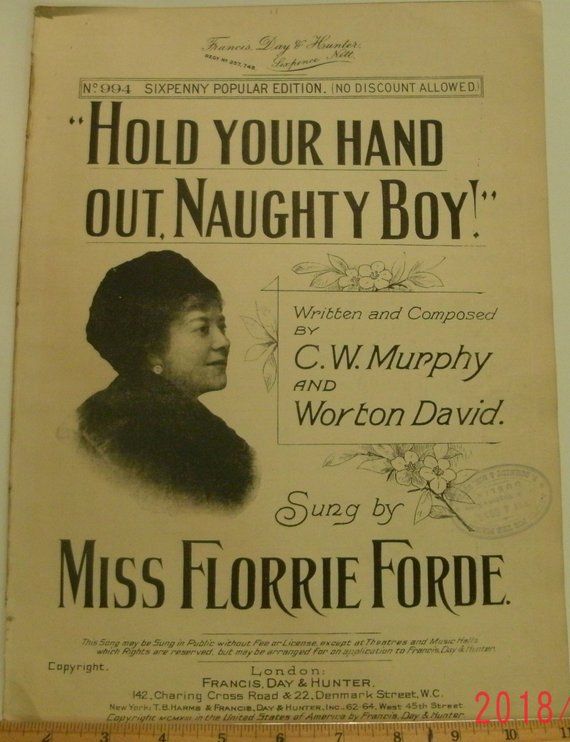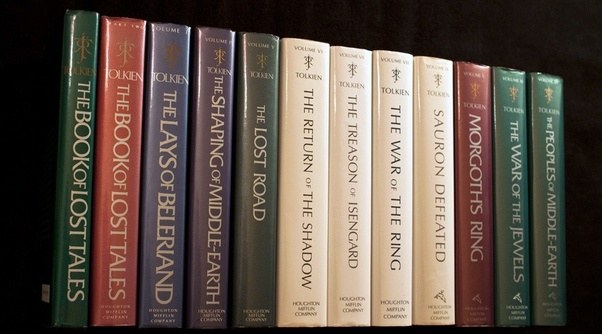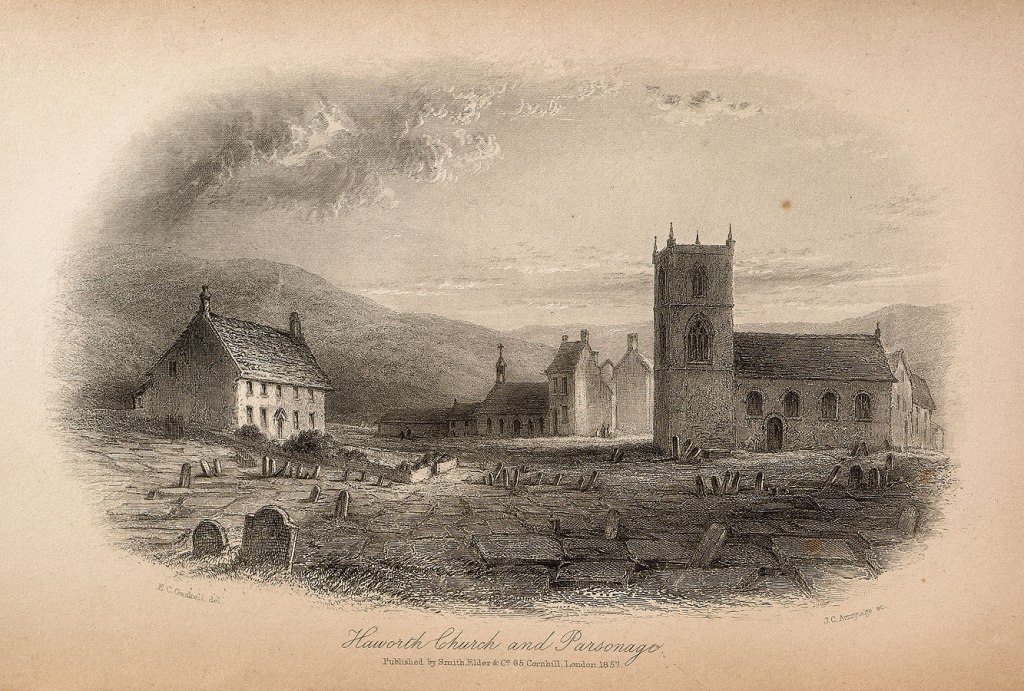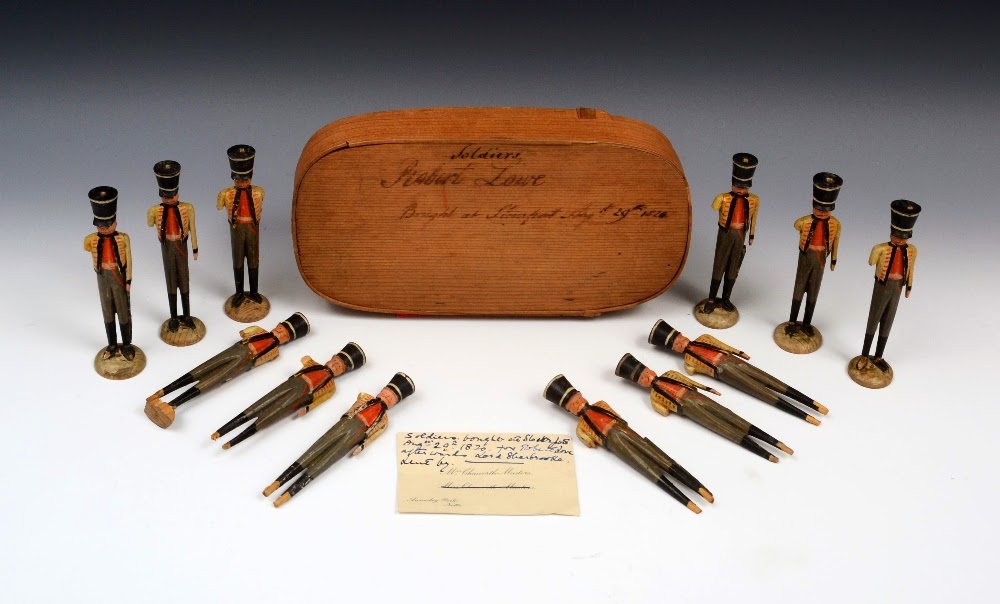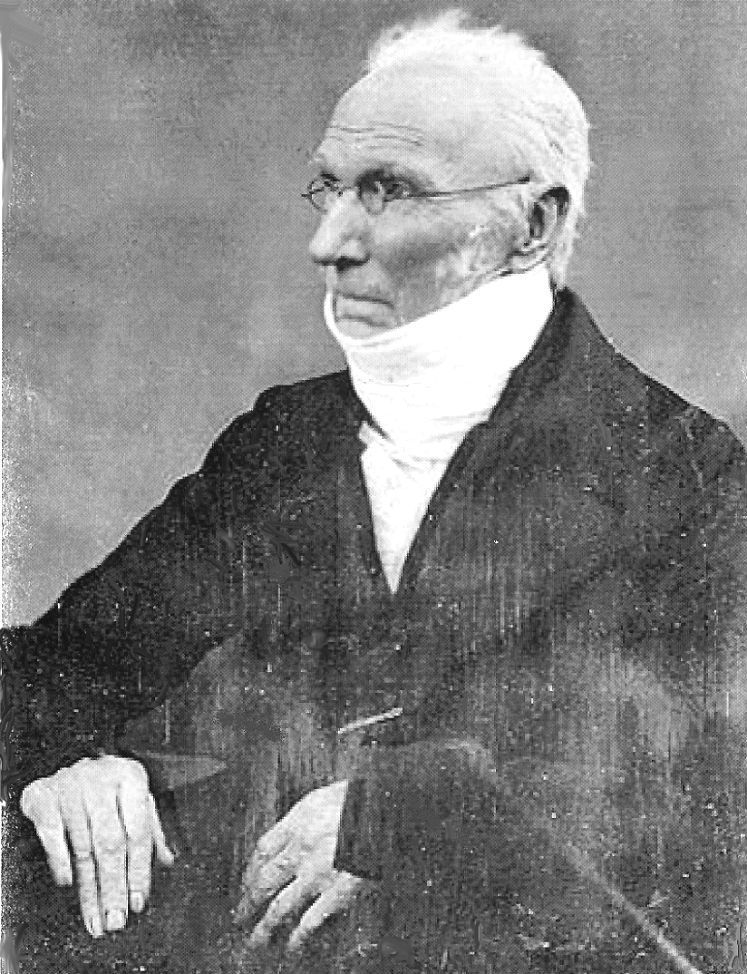“ ‘What are they wanted for?’ asked several voices. ‘Why alive? Do they give good sport?’
‘No! I heard that one of them has got something, something that’s wanted for the War, some Elvish plot or other.’ “ (The Two Towers, Book Three, Chapter 3, “The Uruk-hai”)
As ever, dear readers, welcome.
Pippin and Merry are in a bad spot. After Boromir’s death,

they have been dragged off by the Orcs who killed him.

The Orc leaders, Ugluk, of Isengard, and Grishnakh, of Mordor, had been given orders to capture Hobbits, but the orders are rather vague, which is not surprising, considering who gave them and their ultimate purpose. On the one hand, there is Saruman,

who we know from his attempt at corrupting Gandalf is aware that the Ring exists and is associated with the Shire. (The Felllowship of the Ring, Book Two, Chapter 2, “The Council of Elrond).
On the other is the original owner of the Ring,

who has learned from a tortured Gollum of the name Baggins, also associated with the Shire,
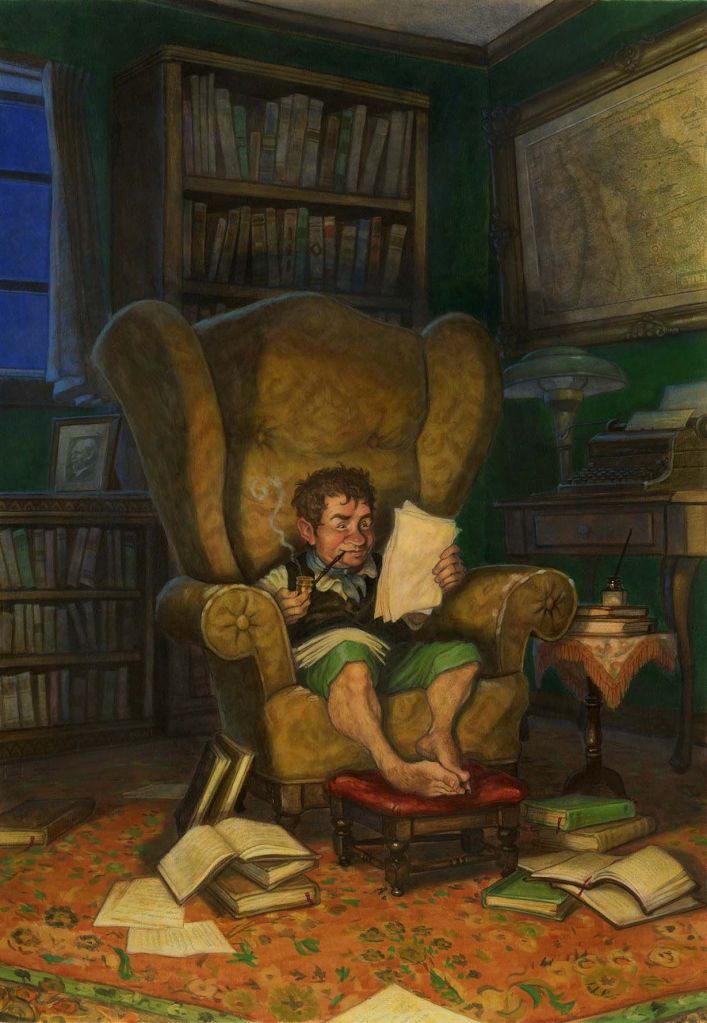
and has dispatched not only a band of Orcs to find Hobbits, under Grishnakh, but also several of “the apple of the Great Eye”, as Grishnakh puts it, the Nazgul.

(a wonderfully atmospheric depiction by Anato Finnstark)
Each of these two, Saruman and Sauron, is determined to obtain the Ring for himself, but also very cautious about the kind of thinking expressed by one of the anonymous Orc voices quoted above:
“ ‘Is that all you know? Why don’t we search them and find out? We might find something that we could use ourselves.’ “
Grishnakh’s orders, as he states them, reflect Sauron’s caution: “The prisoners are NOT to be searched or plundered…” And Ugluk’s are, basically, the same: “Alive and as captured, no spoiling.”
With such lack of specificity even for those in charge of the operation, it’s not surprising that mostly what the ordinary Orc soldiers know can be summed up in the title of this posting, scuttlebutt, originally a naval term, for the gossip which sailors spread when they spent time around the ship’s water barrel, a butt being an old name for a big wooden container for liquids.
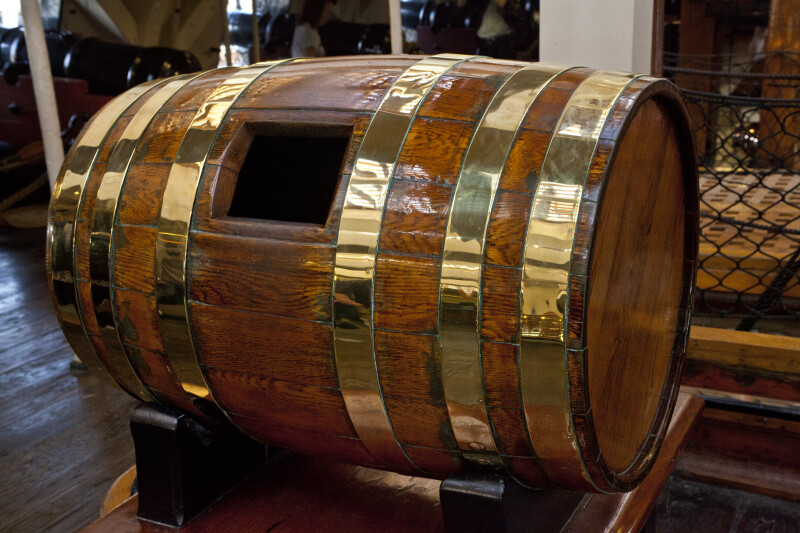
It’s a given that JRRT’s reading influenced his writing (we only have to think about how much of Beowulf appears in The Hobbit). It’s also true that his life on the Western Front, brief as it was (June to October, 1916),
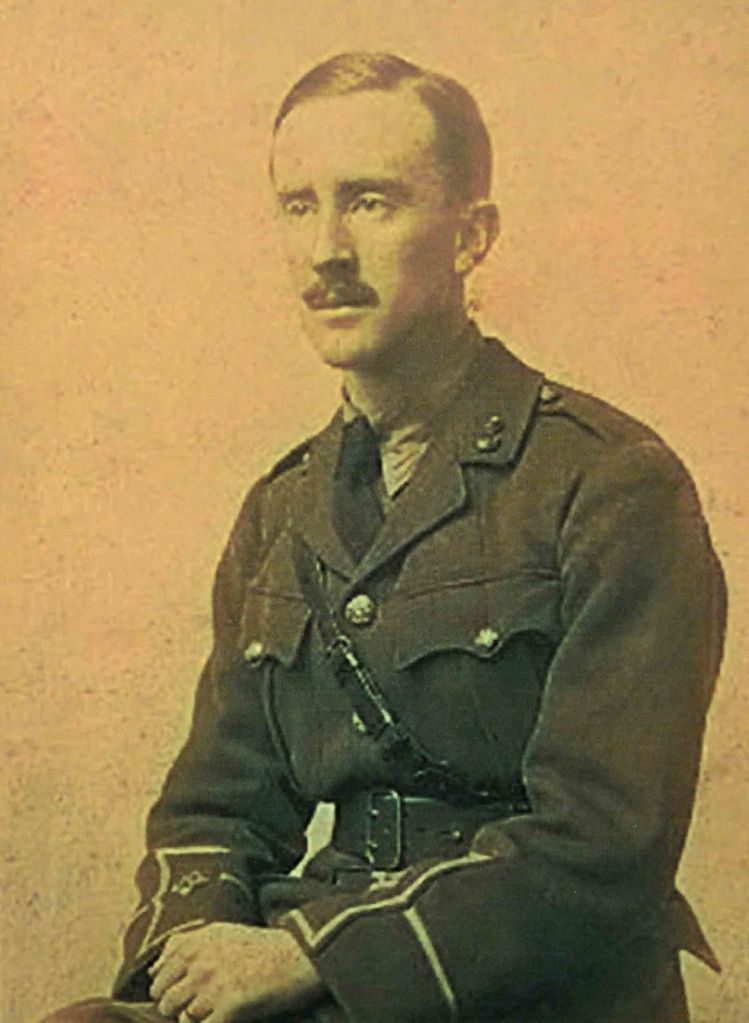
also had its influence and here, in this Orcish scuttlebutt, we have a good example, which is really as much derived from his experience of the War in general as from his overseas service.
Those in charge of waging the War were, from early on—and this was true for both sides—very aware of the influence of the media upon people’s opinions. Although there was no internet yet, or television, or radio, there was still the press–books, magazines, and, most of all, newspapers–as well as film, though still in its infancy. A hit movie of 1916, in fact, was the “documentary” (the British War Office was behind it, so it was hardly likely to be impartial) The Battle of the Somme.

(You can see this film for yourself here: https://archive.org/details/TheBattleOfTheSomme1916Film This comes from the Internet Archive, which has a large collection of silent films, all for free and is one of the best cultural resources on the planet, as far as I’m concerned.)
Censorship was practiced worldwide, and sometimes extremely aggressively: penalties for anything from conveying government-controlled information to simply voicing opposition to the War could be severe. And such censorship was comprehensive:
“Mail, telegrams, pamphlets and books, news and newspapers, plays, photographs, films, and speech were all subject to censorship – or restrictions – during the First World War.”
This is from a website called “JanetPanic” and is describing the situation in the US, but it sums up just how far governments, both of the Allies and the Central Powers, were willing to go both to protect not only militarily sensitive information, but also their citizens’ perception of what was going on at the Front, wherever that Front happened to be.
At the Front, soldiers in the British Army were forbidden to keep diaries (the public explanation being that, if captured, they might convey all sorts of military information to the enemy, but, the unspoken, which was also true, was that conditions in the trenches were so horrendous

that governments preferred to keep the public from knowing too much about day-to-day life in what many thought was Hell—or beyond). Private cameras were forbidden by March, 1915 and those found taking pictures were to be arrested. (See this very interesting article: https://historynewsnetwork.org/article/173470 )
Soldiers’ mail was censored, beginning by their own officers (JRRT developed a private code to be used with Edith so that she might learn at least a little more),

but, to ease the minds of those at home, this postcard was developed—a little piece of closely-monitored truth:

As well, informers were encouraged—just look at the sixth “DON’T” in this poster’s list—

And we can hear an echo of this in Grishnakh’s words to Ugluk:
“You have spoken more than enough, Ugluk…I wonder how they would like it in Lugburz. They might think that Ugluk’s shoulders needed relieving of a swollen head. They might ask where his strange ideas came from. Did they come from Saruman, perhaps? Who does he think he is, setting up on his own with his filthy white badges? They might agree with me, with Grishnakh their trusted messenger; and I Grishnakh say this: Saruman is a fool, and a dirty treacherous fool. But the Great Eye is on him.”
When information about the real situation is closely guarded, rumor—scuttlebutt—is what soldiers—Tommies or Orcs—have to go on and, with heavy censorship, it would have been easy for JRRT, like his Orcs, to feel that the Great Eye was upon him, as well.
Thanks, as ever, for reading,
Stay well,
If you know anything about the Ring, do as this poster suggests—
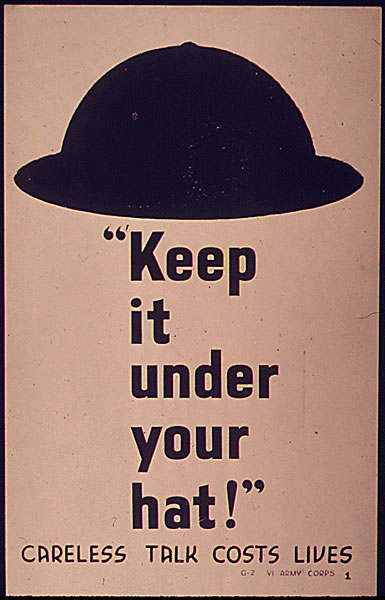
And know as well that—and this, I hope, is no secret—there’s always
MTCIDC
O
ps
(Here’s a very good introductory article on the subject of censorship in the Great War: https://encyclopedia.1914-1918-online.net/article/censorship This is from the extremely useful “1914-1918-Online: International Encyclopedia of the First World War”.)




































